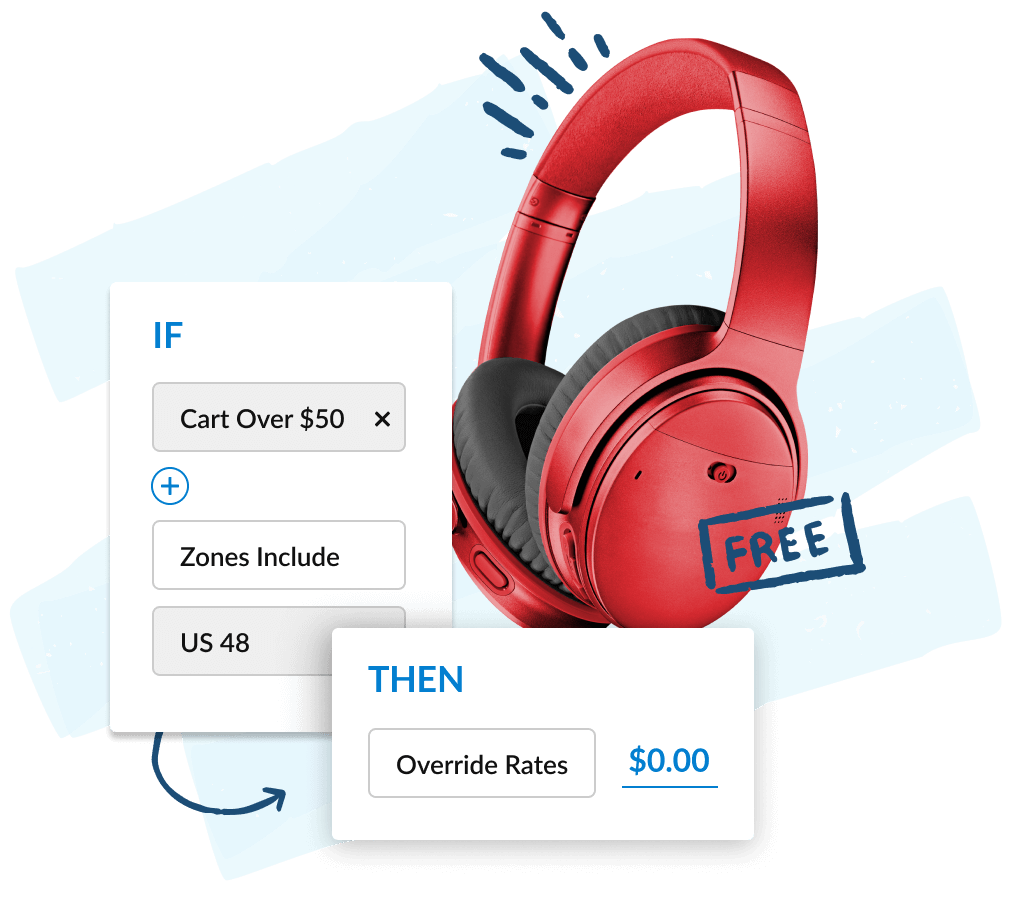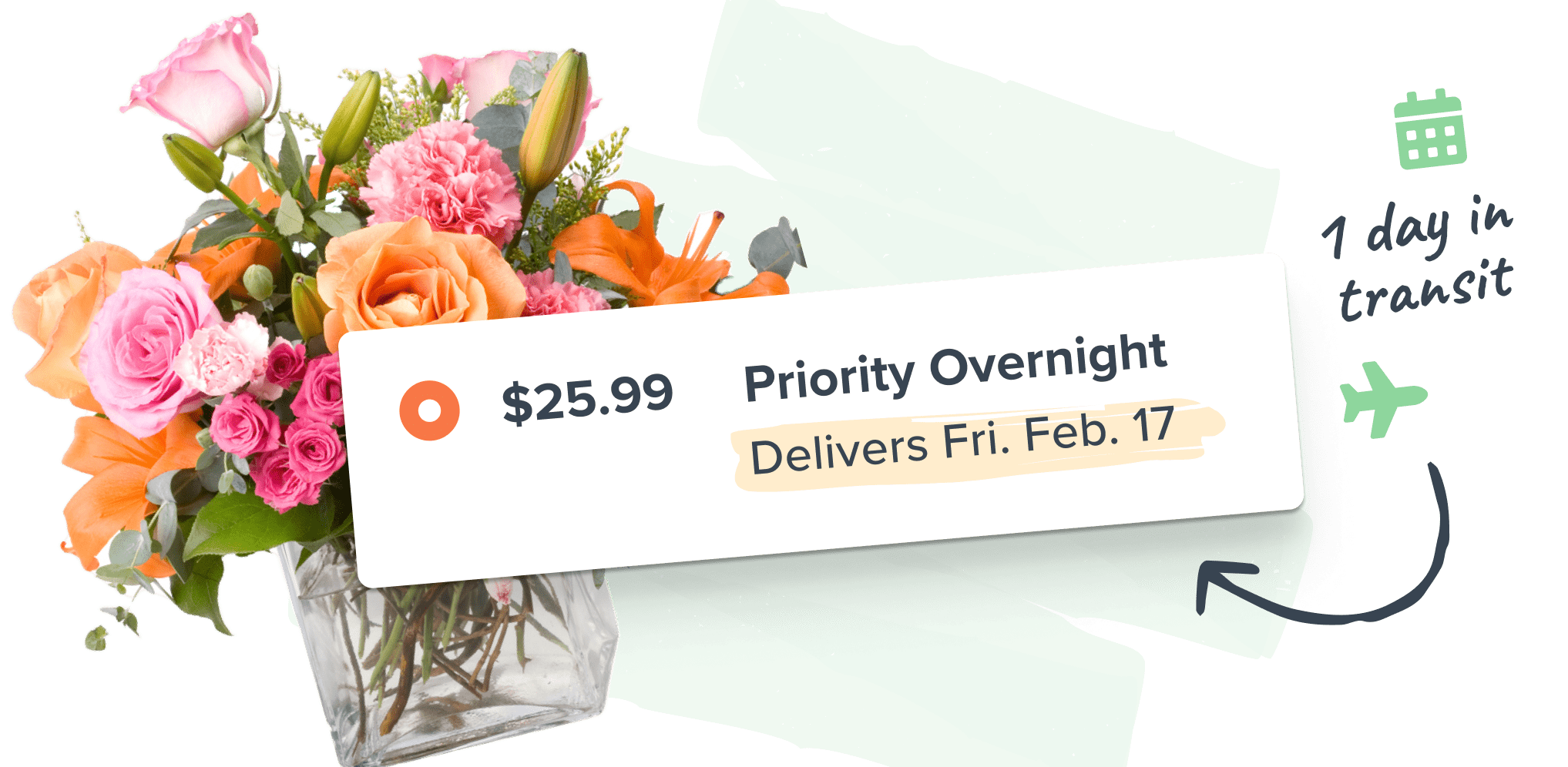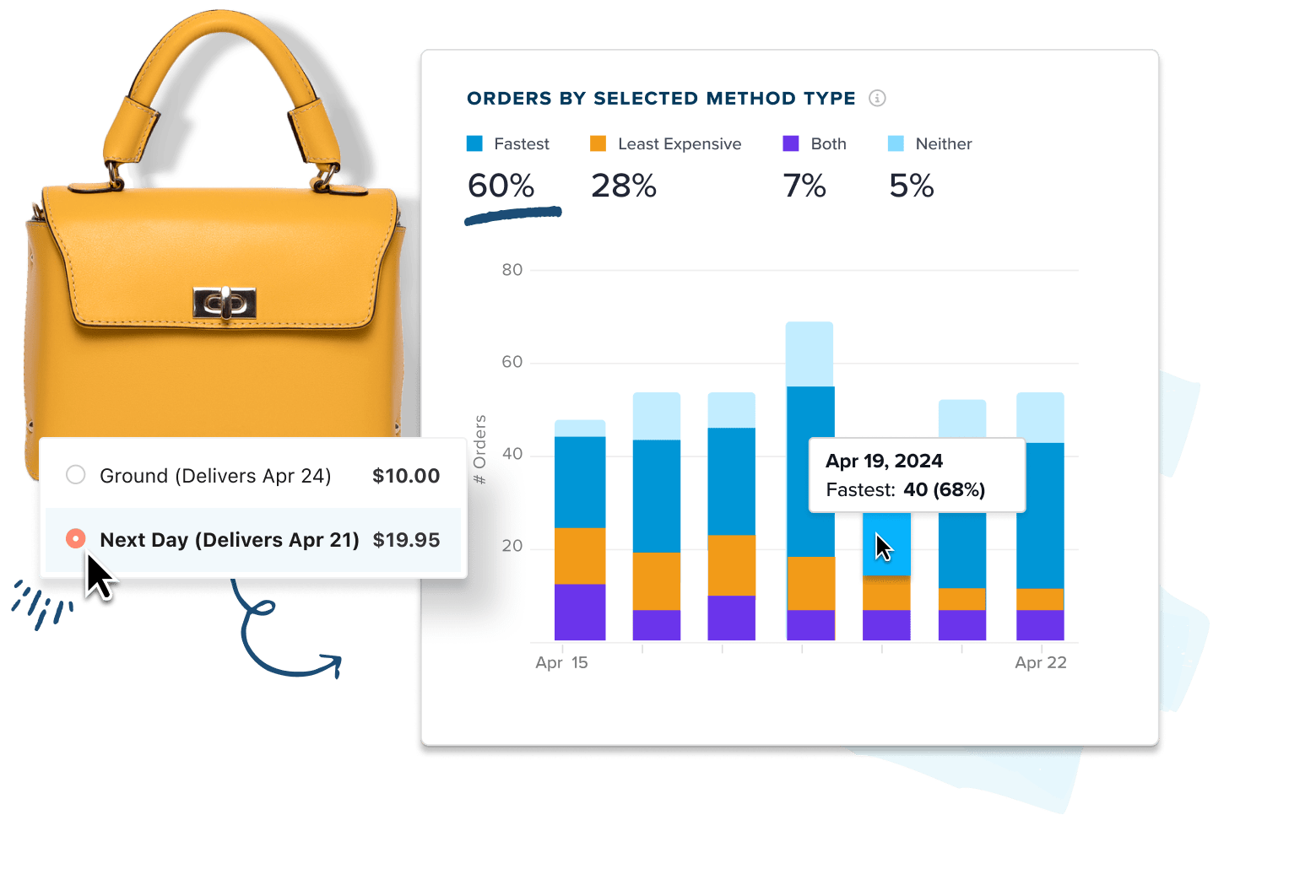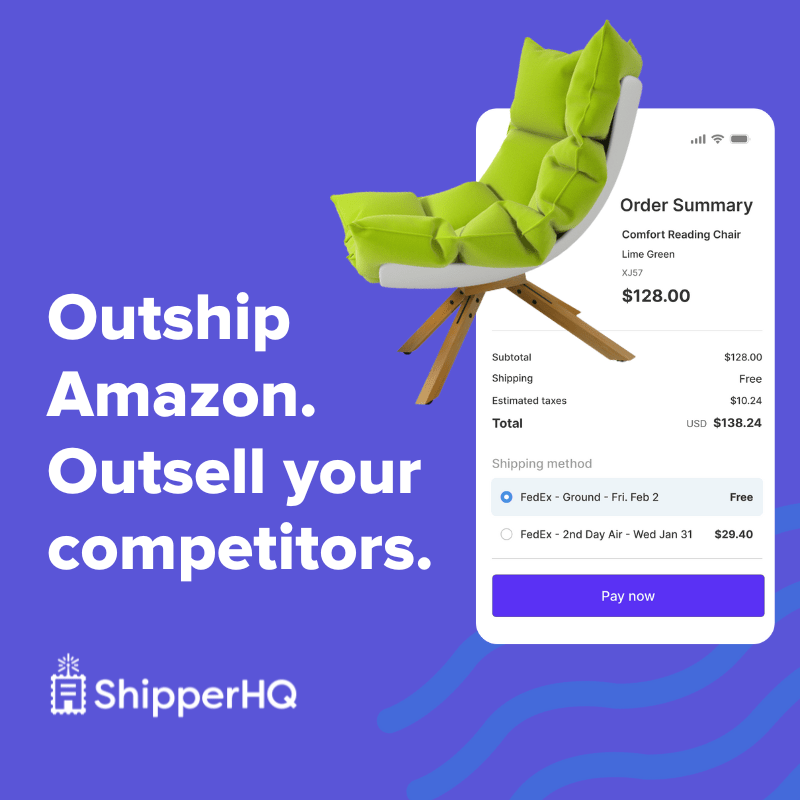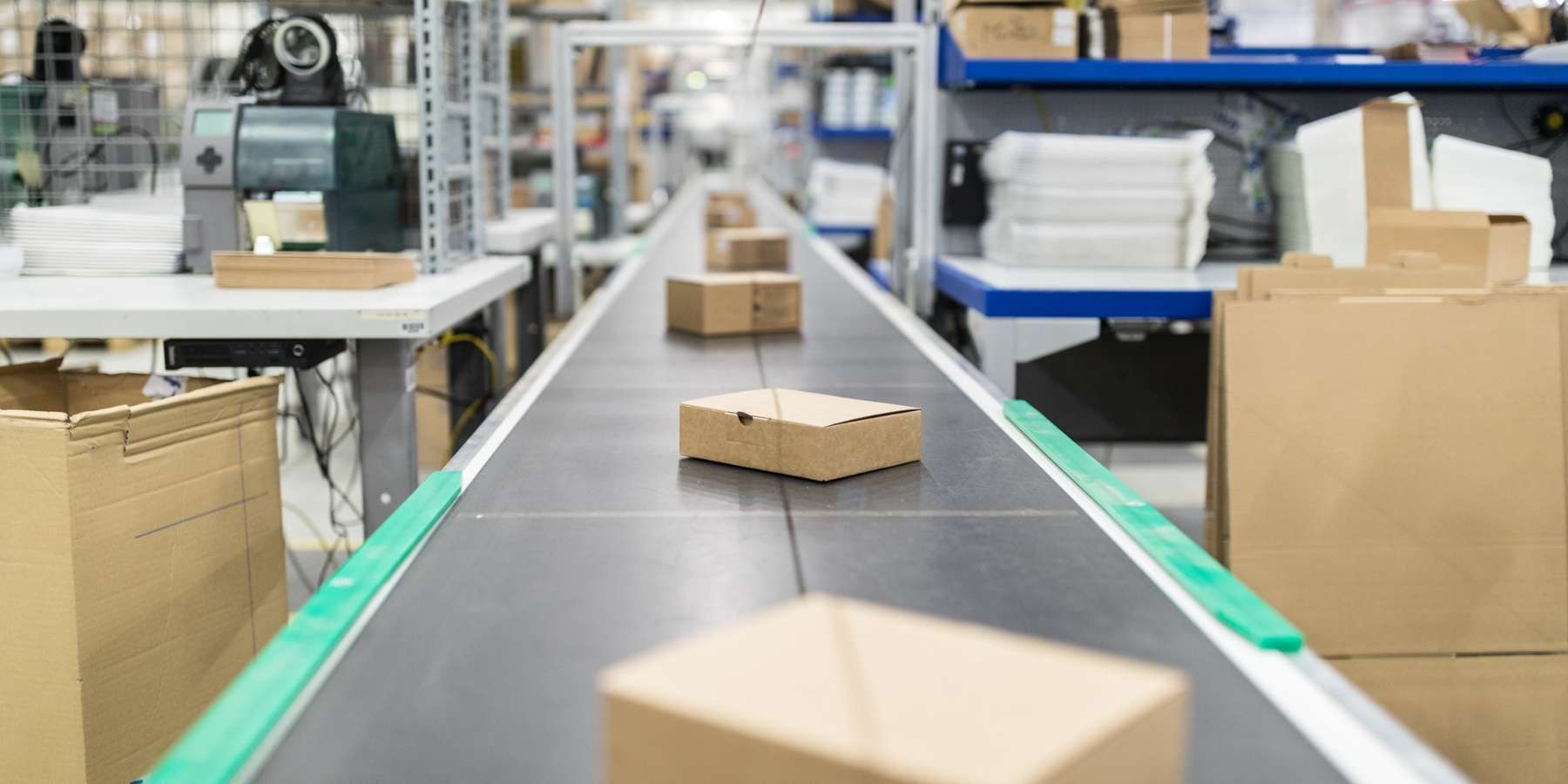Amazon is truly an eCommerce giant and the gold standard of online shopping experiences. Why? Because customers trust Amazon to deliver fast, transparent, and hassle-free shipping. A trust built on refining logistics, offering flexible delivery choices, and ensuring seamless order fulfillment.
Did you know that 89% of consumers prefer shopping with Amazon specifically because of its superior shipping experience? For independent online retailers, this presents both a challenge and an opportunity.
Modern shipping software has emerged as the great equalizer, hence enabling retailers of all sizes to offer shipping experiences that rival Amazon’s capabilities. With the right shipping technology, retailers can provide real-time shipping rates, multiple delivery options, automated tracking, and seamless returns.
Let’s break down what makes Amazon’s checkout unbeatable, online retailers’ common struggles, and also learn how shipping software bridges the gap to deliver a superior customer experience.
Why Is Amazon’s Checkout Experience So Powerful?
Amazon’s dominance isn’t just about product varieties— it’s about creating a frictionless path to purchase. Here’s what makes their checkout experience exceptional:
1. Fast and Transparent Shipping
- Customers see real-time shipping rates and delivery dates before purchasing.
- Prime members get same-day or two-day shipping guarantees, increasing conversion rates.
2. Multiple Shipping Options
Undoubtedly, Amazon excels at providing shipping choices without confusion. Their shipping options include:
- Free shipping on eligible orders.
- Same-day or next-day delivery for Prime members.
- Buy Online, Pick Up in Store (BOPIS)
- Amazon locker delivery
- Scheduled delivery window
3. Hassle-Free Returns
- Amazon’s self-service return process makes it easy for customers to return items without frustration.
- Prepaid return labels and drop-off points remove customer friction.
4. Real-Time Order Tracking
- Amazon keeps customers informed every step of the way with email and text notifications.
- Customers can check their order status anytime, creating trust and satisfaction.
The Big Question: If customers love these features, then why aren’t more eCommerce businesses offering them?
Challenges Online Retailers Face in Offering an Amazon-Like Checkout
Most small and mid-sized eCommerce stores struggle to provide memorable shipping experiences. Why? Because they lack the technology and infrastructure. Here are some common roadblocks they face.
- Lack of real-time shipping rates: Many online stores use flat-rate shipping or provide estimates at checkout. However, if rates are too high or inaccurate, customers might abandon their cart in frustration.
- Complex shipping rules & carrier limitations: Some products can’t ship to all locations. Heavy, oversized, or hazardous items need specific carriers or rates, but most retailers can’t easily configure these rules.
- Inefficient fulfillment & delays: Manual order processing slows down fulfillment. Without automation, you will also struggle with printing shipping labels, updating tracking numbers, and managing order fulfillment efficiently.
- Cumbersome returns process: Without automated return labels or tracking, managing returns becomes a nightmare for both customers and support teams.
These obstacles make it difficult for retailers to offer competitive shipping options, causing them to lose sales.
How Shipping Software Bridges the Gap
The right shipping software automates and optimizes the entire shipping process, therefore helping eCommerce merchants compete with Amazon. Let’s look at how it solves the challenges we discussed above.
1. Real-Time Rate Comparisons
- Automatically pulls in live rates from multiple carriers like UPS, FedEx, USPS, and DHL, so customers always see the best available option.
- No more guesswork or hidden shipping fees at checkout.
2. Flexible Shipping Rules
- Set shipping logic based on:
- Product size & weight (e.g., charge different rates for oversized items).
- Customer location (e.g., offer local delivery or regional rates).
- Cart total (e.g., give free shipping for orders over $50).
- You can customize shipping costs & delivery options to match Amazon’s flexibility.
3. Estimated Delivery Dates
- Let customers see exactly when their package will arrive, reducing uncertainty and increasing checkout confidence.
- Uses carrier transit times, fulfillment speeds, and blackout dates to give precise estimates.
4. Buy Online, Pick Up in Store (BOPIS)
- Gives customers the flexibility to pick up their order at a nearby retail location instead of waiting for shipping.
- Reduces last-mile delivery costs and improves the customer experience with faster access to their purchases.
5. Automated Label Printing & Order Processing
- Instantly generates shipping labels, saving time and reducing errors.
- Streamlines order fulfillment, leading to faster order turnaround.
6. Seamless Returns Processing
- Give customers the option to choose return coverage upfront.
- Automates Return Merchandise Authorization (RMA) workflows, making refunds painless.
In short, shipping software lets online retailers ship smarter, faster, and cheaper so that they can compete with Amazon.
The Competitive Advantage: Why Shipping Software is Essential
Still wondering if shipping software is worth it? Let’s talk numbers.
- Cart Abandonment Reduction: 48% of abandoned carts are due to unexpected shipping costs. Transparent shipping options increase conversion rates and boost revenue.
- Improved Customer Experience: Fast & flexible shipping leads to repeat purchases. 84% of consumers say last-mile delivery is a key factor in brand loyalty.
- Operational Efficiency: Automating shipping tasks reduces manual errors, cutting down on fulfillment delays and customer service headaches.
- Scalability for Growth: A good shipping strategy grows with your business, hence letting you manage higher order volumes without logistical issues.
Steps to Implement Shipping Software for an Amazon-Like Checkout
Success with shipping software requires a strategic approach. Follow these steps:
Step 1: Evaluate Your Current Shipping Challenges
Identify your key bottlenecks like high cart abandonment, limited shipping options, or slow fulfillment.
Step 2: Compare Shipping Software Solutions
Look for software that offers real-time rates, automation, and multi-carrier integration.
Step 3: Integrate with Your eCommerce Platform
Make sure your shipping software integrates seamlessly with your eCommerce platform, whether it’s Shopify, BigCommerce, Magento, or others.
Step 4: Optimize Checkout & Delivery Options
Set dynamic shipping rules to offer free shipping, expedited delivery, and in-store pickup.
Step 5: Monitor & Improve Performance
Track shipping efficiency, cart abandonment rates, and customer feedback to keep refining your strategy.
Competing with Amazon, One Checkout at a Time
Delivering an Amazon-style checkout experience is no longer impossible. With the right shipping software, online retailers can provide fast, transparent, and customer-friendly shipping options that boost conversions and customer satisfaction.
ShipperHQ empowers eCommerce retailers to take control of their checkout experience by offering precise shipping rates, accurate delivery dates, in-store pickup options, and flexible shipping logic— all tailored to meet customer expectations.
If you’re looking to turn shipping into a competitive advantage, explore how ShipperHQ can help you build a checkout experience that drives more sales.
FAQs About Shipping Software
1. What is shipping software, and how does it benefit eCommerce businesses?
Shipping software automates and optimizes shipping and checkout for online retailers. It integrates with eCommerce platforms to provide real-time rates, delivery estimates, automate label printing, and streamline fulfillment.
Benefits include lower shipping costs, reduced cart abandonment, faster order processing & fulfillment, and improved customer experience.
2. How does shipping software help reduce cart abandonment?
Shipping software prevents cart abandonment by showing real-time shipping rates, estimated delivery dates, and multiple shipping options like free shipping and in-store pickup.
It eliminates hidden costs, making checkout smoother and increasing conversions.
3. Can shipping software integrate with multiple carriers and eCommerce platforms?
Yes, a shipping software connects with UPS, FedEx, USPS, DHL, and integrates with eCommerce platforms like Shopify, Magento, BigCommerce, and WooCommerce.
It enables rate comparisons, automated tracking, and seamless order fulfillment across multiple sales channels.
4. Who uses shipping software?
Shipping software is used by eCommerce retailers, wholesalers, manufacturers, and third-party logistics (3PL) providers.
Any company that ships products can benefit from automation, carrier rate comparisons, and improved shipping efficiency.


